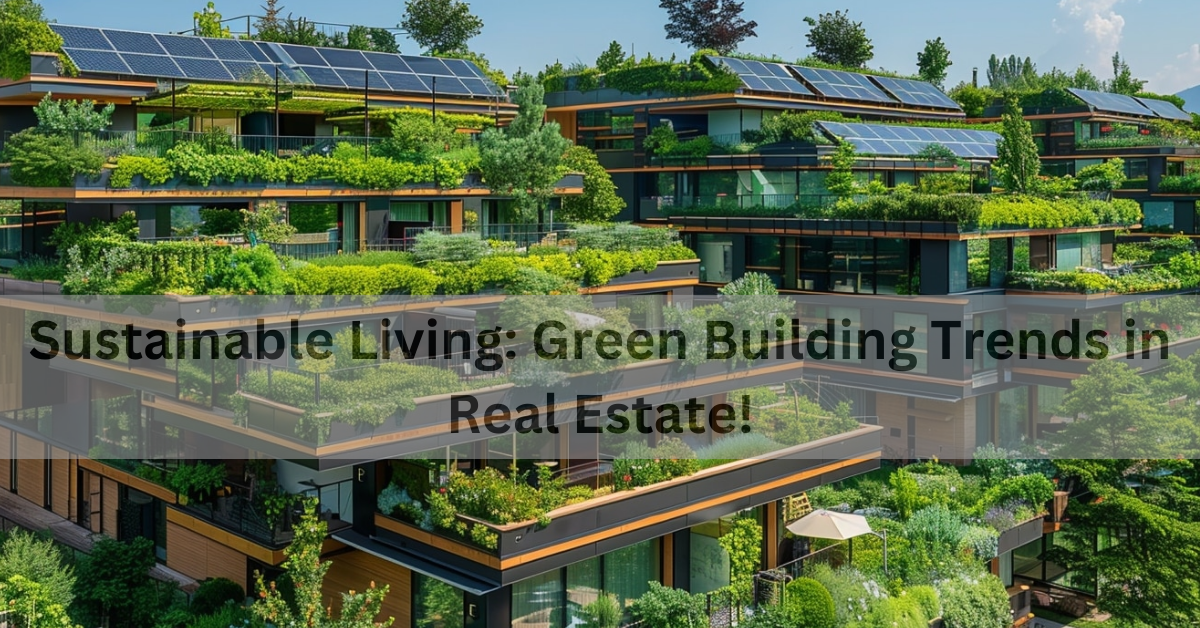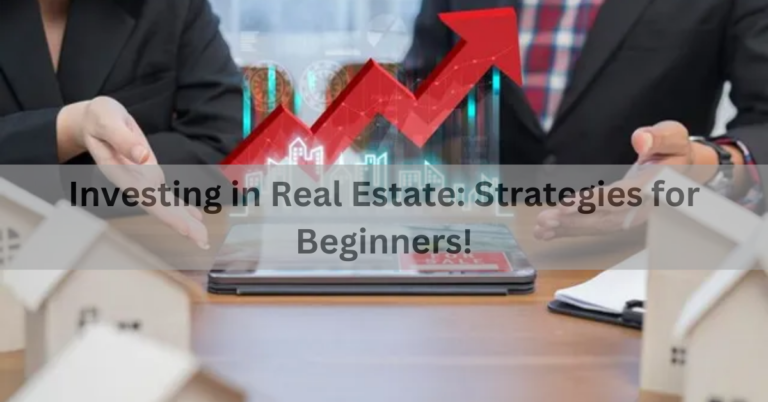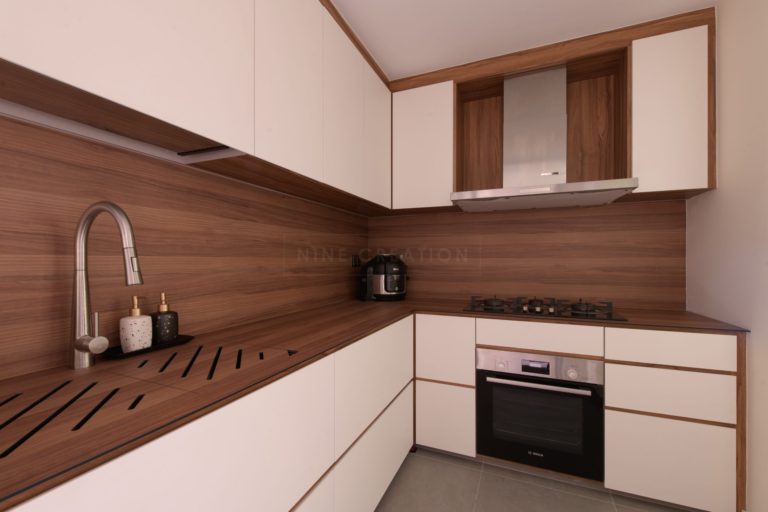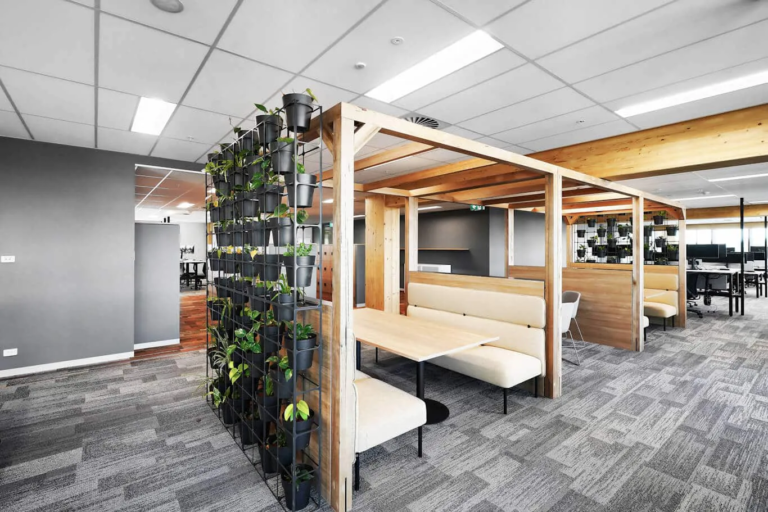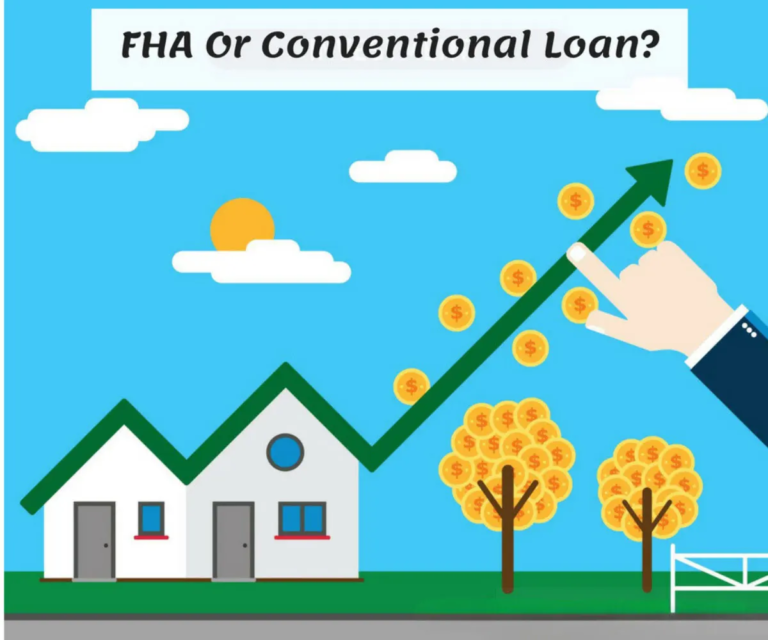Sustainable Living: Green Building Trends in Real Estate!
Introduction to Green Building
Green building represents a revolutionary approach to construction and design, prioritizing environmental sustainability, resource efficiency, and occupant well-being. From reducing carbon footprints to enhancing energy efficiency, green buildings redefine modern architecture with a focus on environmental responsibility.
Benefits of Sustainable Living
Explore the advantages of adopting sustainable practices in building and living:
- Environmental Conservation: Minimize resource depletion and pollution, promoting a healthier planet.
- Energy Efficiency: Lower utility bills through efficient heating, cooling, and lighting systems.
- Improved Indoor Air Quality: Use of non-toxic materials and enhanced ventilation for healthier living spaces.
- Long-Term Cost Savings: Reduced operational costs and maintenance expenses over the building’s lifecycle.
- Enhanced Market Value: Higher resale value and attractiveness to eco-conscious buyers and tenants.
Popular Green Building Materials and Practices
Discover eco-friendly materials and construction techniques that define green building:
- Recycled and Renewable Materials: Incorporate materials like recycled steel, reclaimed wood, and bamboo flooring.
- Energy-Efficient Systems: Install solar panels, energy-efficient appliances, and smart HVAC systems for reduced energy consumption.
- Water Conservation: Implement low-flow fixtures, rainwater harvesting systems, and drought-resistant landscaping.
- Sustainable Design Principles: Optimize building orientation, natural lighting, and passive solar heating and cooling strategies.
- Green Certifications: Seek LEED (Leadership in Energy and Environmental Design) or other certifications to validate sustainability efforts.
Case Studies of Successful Green Building Projects
Explore inspiring examples of sustainable real estate developments:
- One Bryant Park, New York City: A LEED Platinum-certified skyscraper with innovative energy-saving features and recycled materials.
- The Edge, Amsterdam: Known as the world’s most sustainable office building, integrating solar power, rainwater recycling, and advanced energy monitoring.
- Masdar City, Abu Dhabi: A planned city leveraging solar energy, pedestrian-friendly design, and zero-carbon emission goals.
- Bullitt Center, Seattle: A commercial building achieving net-zero energy use through solar panels, composting toilets, and rainwater filtration.
- Bosco Verticale, Milan: Vertical forest towers with over 20,000 plants to improve air quality and biodiversity within urban environments.
Future of Sustainable Real Estate
Anticipate future trends shaping the evolution of sustainable real estate:
- Advancements in Building Materials: Development of carbon-neutral materials and biodegradable construction components.
- Smart Technologies: Integration of AI, IoT, and big data for energy management, predictive maintenance, and occupant comfort.
- Circular Economy Principles: Embrace cradle-to-cradle design, promoting waste reduction and material recycling.
- Policy and Regulatory Support: Government incentives and mandates promoting green building practices and carbon neutrality.
- Resilient and Adaptive Design: Designs that mitigate climate risks, such as extreme weather events and rising sea levels.
Conclusion
Green building is not just a trend but a transformative approach to real estate that prioritizes sustainability, efficiency, and human well-being. By understanding its principles, benefits, innovative materials, successful case studies, and future trends, stakeholders can contribute to a greener future while reaping economic and environmental rewards. Whether you’re a developer, homeowner, or investor, embracing green building practices promises a more resilient and sustainable built environment for generations to come.

